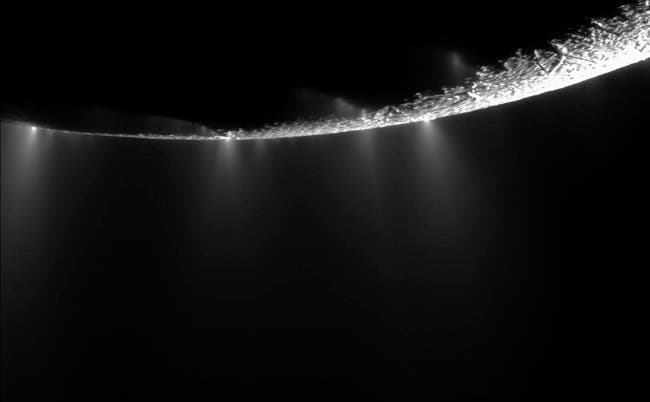
There are many things we have yet to find out about Saturn, but the Cassini probe has definitely shed some light on the planet, and will surely do the same in the following years.
The most recent flyby showed a significant number of geysers just waiting to pop out from under the surface – even more than previously believed. The pictures taken show them in great detail, and by taking photographs across a period of time, researchers can understand their activity and overall planetary influence.
“This last flyby confirms what we suspected,” said Carolyn Porco, Cassini’s imaging team lead at the Space Science Institute in Boulder, Colo. “The vigor of individual jets can vary with time, and many jets, large and small, erupt all along the tiger stripes.”
“The fractures are chilly by Earth standards, but they’re a cozy oasis compared to the numbing 50 Kelvin (minus 370 Fahrenheit) of their surroundings,” said John Spencer, a composite infrared spectrometer team member based at Southwest Research Institute also in Boulder. “The huge amount of heat pouring out of the tiger stripe fractures may be enough to melt the ice underground.”
With the Cassini mission prolonged until 2017, we’ll definitely be hearing from the frozen giant quite soon.






